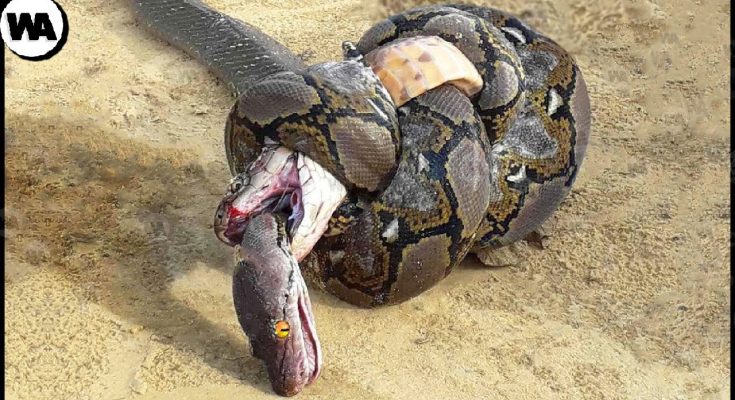In the dense jungles of South and Southeast Asia, one reptile reigns supreme—not just in size, but in attitude. The king cobra, the world’s longest venomous snake, has a notorious reputation for its aggressive behavior toward other serpents. But why does this reptilian ruler seem to harbor such hatred for its own kind?
Experts say it comes down to one word: diet.
Unlike most snakes, the king cobra (Ophiophagus hannah) is ophiophagous, meaning its primary food source is other snakes. This includes both venomous species like kraits and even fellow cobras. In fact, the genus name Ophiophagus literally means “snake-eater.”
“King cobras are apex predators in their ecosystem,” says Dr. Anika Verma, a herpetologist based in India. “They don’t just compete with other snakes—they consume them.”
This unusual diet gives the king cobra a competitive edge but also fuels its infamy. In territories where resources are scarce, the king cobra’s ruthless instinct to eliminate the competition—even if that means eating it—has helped it thrive.
Interestingly, this predator doesn’t just act out of hunger. Territorial behavior also plays a key role. King cobras are known to patrol their territory and will actively confront and kill other snakes that enter their domain.
Their potent neurotoxic venom, combined with their size (reaching up to 18 feet long), makes them a formidable foe. Few snakes can survive a confrontation with the king.
As human development encroaches on their natural habitat, encounters with these fascinating but fearsome reptiles are becoming more frequent. Conservationists urge caution and awareness, emphasizing that despite their scary reputation, king cobras are shy and prefer to avoid humans.
But when it comes to other snakes? There’s no truce—only the king.
VIDEO



